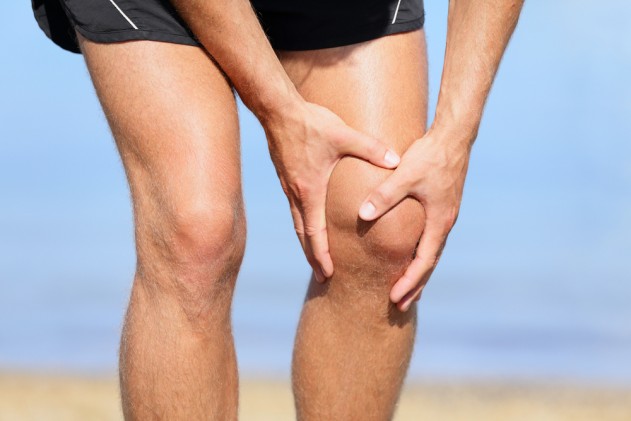Whether you are a seasoned athlete, a weekend warrior, or totally laid-back when it comes to exercise, knowing how to protect your knees can mean the difference between a fulfilling lifestyle and long term, strained mobility
Fat or fit: a motto for a generation is a decent starting point for personal fitness philosophy. Fortunately-unfortunately, fitness involves exercise. Exercise needs guidance. Guidance is like gold dust, as scarce as hen’s teeth. Random, non-specific aches and pains are routine but it’s the acute or persistent knee complaints I worry about. Most people tend to take their knees for granted. Bear in mind, a painful knee (treated or not) grows older earlier than a normal one!
Whether you are a seasoned athlete, a weekend warrior, or totally laid-back when it comes to exercise, knowing how to protect your knees can mean the difference between a fulfilling lifestyle and long term, strained mobility.
Dr. Miten Sheth, Orthopedic Knee Surgeon, The Knee Clinic says, “Squatting big weights at the gym in the heat of a two-way challenge. For all the fitness enthusiasts out there, it is important to draw the line. Do not venture into high-intensity/heavy workouts without a trainer. Do not over-do an aerobic training session assuming it is easier than weight training. Do not continue a session with any sort of knee pain (niggling or nagging). Do not attempt a new exercise routine without gauging its impact on your knees. Do not join or enter a gym without a proper pair of shoes. All of this to take care of your knees, a little bit!”
Whilst any sudden twist or turn of the knee can theoretically lead to ligament or meniscal injury, we find anterior knee pain to be a far more frequent issue. Dr. Google would search for Patello Femoral Pain Syndrome (PFPS) or Runner’s knee. Several things can bring it on:
Overuse. Bending your knee repeatedly or doing a lot of high-stress exercises, like lunges and plyometrics.
A direct hit to the knee. Subtle Malalignment. If any of the bones from your hips to your ankles are out of their correct position, then your kneecap will not move smoothly through its groove, which can cause pain. Problems with your feet like fallen arches (flat feet) or over pronation. These often change the way you walk, which can lead to knee pain.
Weak or unbalanced thigh muscles.
Prevention and treatment are elementary. Avoid overuse or direct injuries to your knees. Wear appropriate shoes (with or without insoles). Work on all muscles for a fair bit and aim to strike a balance in all gym routines. Visit an Orthopedic/ Knee Specialist if anterior knee pain is persistent.
Classic tips to follow include;
- Gradually build up how often, how long and hard you exercise.
- Learn correct body alignment, form and techniques.
- It’s worth taking the time to warm up and cool down
- Fuel your body correctly and stay hydrated.
- Use the right equipment.
- In case of an injury stop the exercise routine. Rest. Ice the knee. Compress with an elastic crepe bandage. Elevate the limb. Get someone to help.
With any physical activity there is an inherent risk of injury, and the severity of that risk is dependent on the nature of exercise. Anyone who goes to the gym, who’s exercised before, who’s spent time on fitness, knows that it’s basically a love-hate relationship. We love stronger quadriceps and leaner calves but hate the strains and sprains. The love though, far outweighs the hate.















































